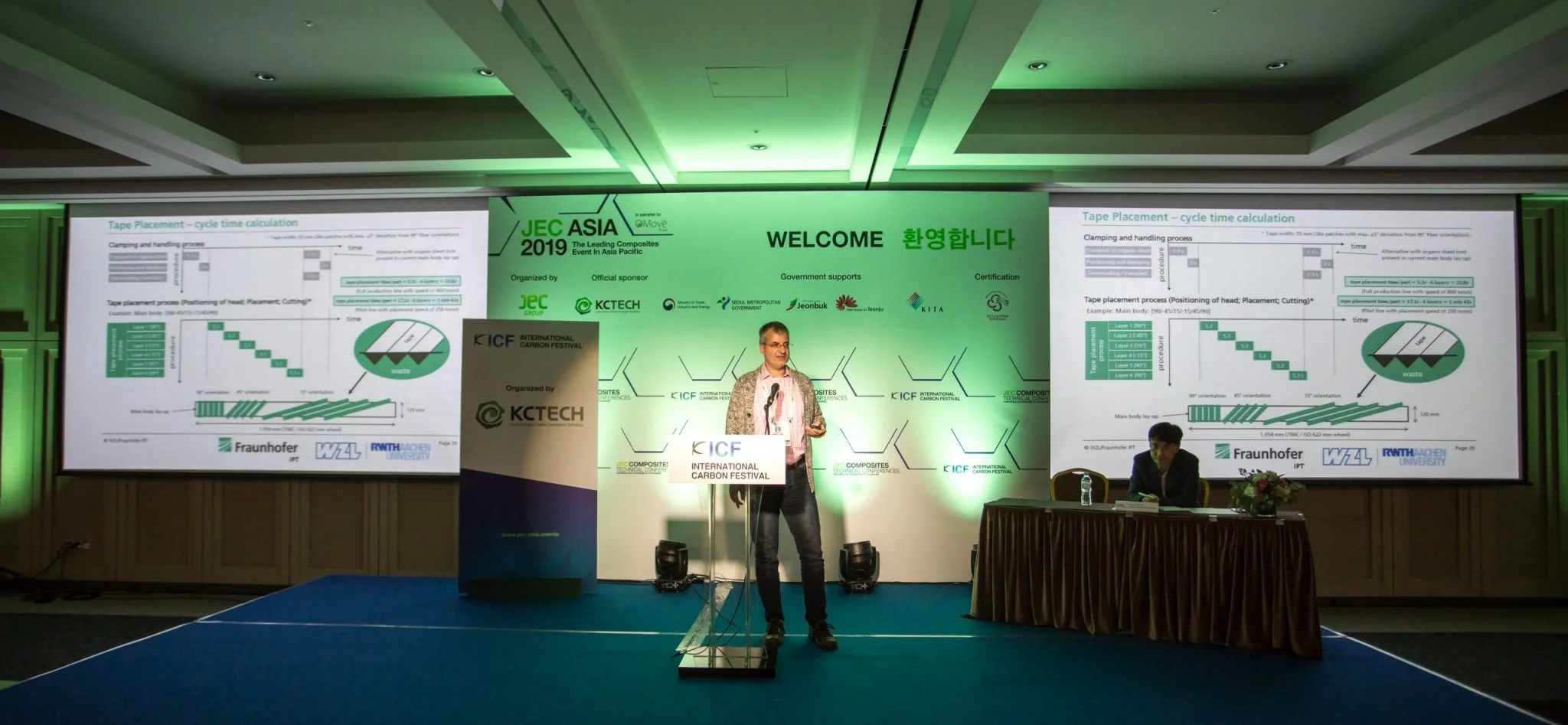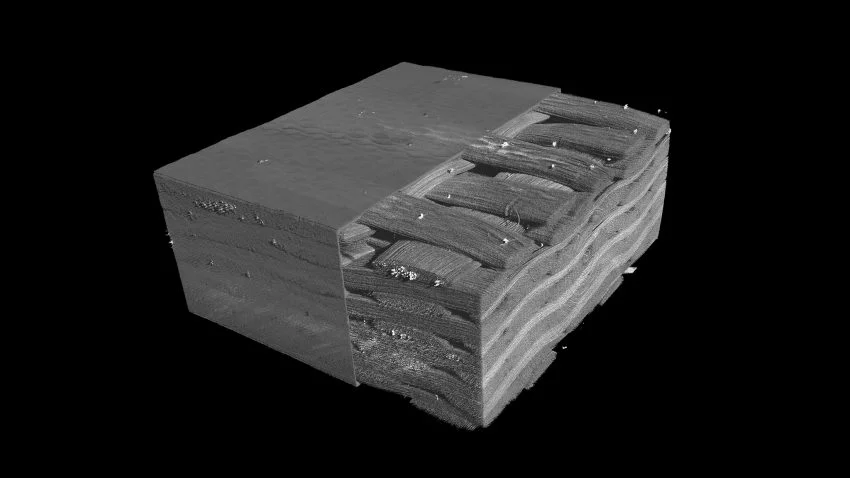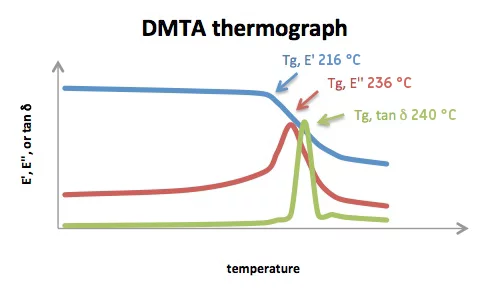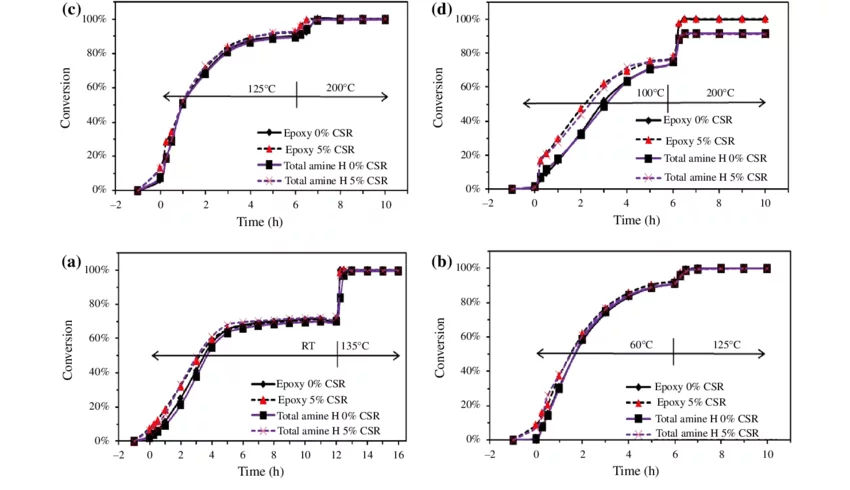Your cart is empty
Continue shopping
Advanced Materials Science
At the core of every Venn wheel lies a precisely engineered composite structure, born from rigorous material selection and cutting-edge research.
Engineered for Performance, Built to Last
Our approach to materials is driven by engineering fundamentals, not marketing trends. We select and combine fibers and resins to achieve specific performance targets – balancing stiffness, strength, impact resistance, and long-term durability. The goal isn't just to use the 'latest' material, but to use the right materials in the right way to create the best possible wheel system.
Carbon Fiber Technology
We utilize a carefully selected blend of premium Toray carbon fibers, each chosen for its specific properties and strategically placed within the rim laminate:
- Toray T700S: Provides excellent impact resistance and toughness, crucial for handling unexpected strikes.
- Toray T800: The workhorse for primary structural layers, offering a great balance of high strength and stiffness.
- Mitsubishi MR40J: A high-modulus fiber used strategically to increase stiffness in critical areas without adding excessive weight.
Note on T1100 & Laminate Design:
While we occasionally utilize ultra-high tensile strength fibers like Toray T1100 for specific projects requiring maximum tensile performance (e.g., ultra-light builds), it's crucial to understand that material choice alone doesn't guarantee performance or durability. The overall stiffness and longevity of a rim are primarily determined by the laminate design – the thickness, orientation, and combination of fiber layers. Simply making a rim solely from T1100 without adequate structural build-up can lead to excessive flexibility or premature failure modes like delamination. Our focus is always on the optimal composite structure, not just marketing the highest-spec fiber name.


Dynamic Mechanical Thermal Analysis (DMTA) chart illustrating the resin's behavior across temperatures.
High-Tg Resin System for Peak Performance
For our rim brake models, we utilize a custom-developed high glass transition temperature (Tg) resin. This advanced formulation is critical for resisting softening and maintaining mechanical integrity even under the intense heat generated during prolonged braking.
Our system demonstrates exceptional thermal stability, resisting significant loss of properties at average operating temperatures reaching up to 240°C.
It's important to understand that Tg is not a single melting point, but rather a temperature *range* over which the resin transitions from a rigid, glassy state to a more rubbery state. This transition range is scientifically characterized using methods like Differential Scanning Calorimetry (DSC) and Dynamic Mechanical Thermal Analysis (DMTA), as shown in the chart.
The DMTA chart illustrates this transition:
- Tg, E' (Storage Modulus onset, ~216°C): Indicates the beginning of significant stiffness loss.
- Tg, E'' (Loss Modulus peak, ~236°C): Represents the point of maximum energy dissipation during the transition.
- Tg, tan δ (Tan Delta peak, ~240°C): Often cited as the primary Tg value, indicating the peak damping characteristic within the transition range.
Real-World Safety & Usage
This high Tg characteristic, determined through rigorous analysis, provides a crucial safety margin, ensuring your rims remain safe and functional during demanding real-world use. However, optimal performance and safety always depend on using suitable, high-quality brake pads, ensuring brakes are correctly adjusted, and employing appropriate braking techniques (e.g., avoiding continuous dragging on long descents).
Rigorous Selection & Quality Assurance
Material Selection Process
Every material used in a Venn wheel undergoes a meticulous selection process based on engineering requirements:
- Computational analysis (FEA) of load cases to identify stress points and optimize laminate structure (visualized below).
- Material property optimization to meet strength, stiffness, and weight targets.
- Environmental resistance testing (heat, moisture, UV).
- Long-term durability validation through lab and field testing.
- Production scale verification to ensure process consistency.
FEA helps visualize how forces are distributed through the rim structure.
Quality Control
Maintaining exceptional quality requires constant vigilance. Our materials QC includes:
- Incoming material inspection and vendor certification verification.
- Pre-preg material property testing (resin content, fiber weight).
- Regular batch testing and validation during production.
- Environmental aging studies to ensure long-term stability.

Rigorous QC checks ensure material consistency and performance.
Typical Laminate Specifications
Representative values for our standard performance road rim laminates.
Avg. Fiber Tensile Strength
~5.6 GPa (Varies by fiber type)
Avg. Fiber Tensile Modulus
~290 GPa (Varies by fiber type)
Target Fiber Volume Fraction
~65%
Maximum Void Content
<0.5%
